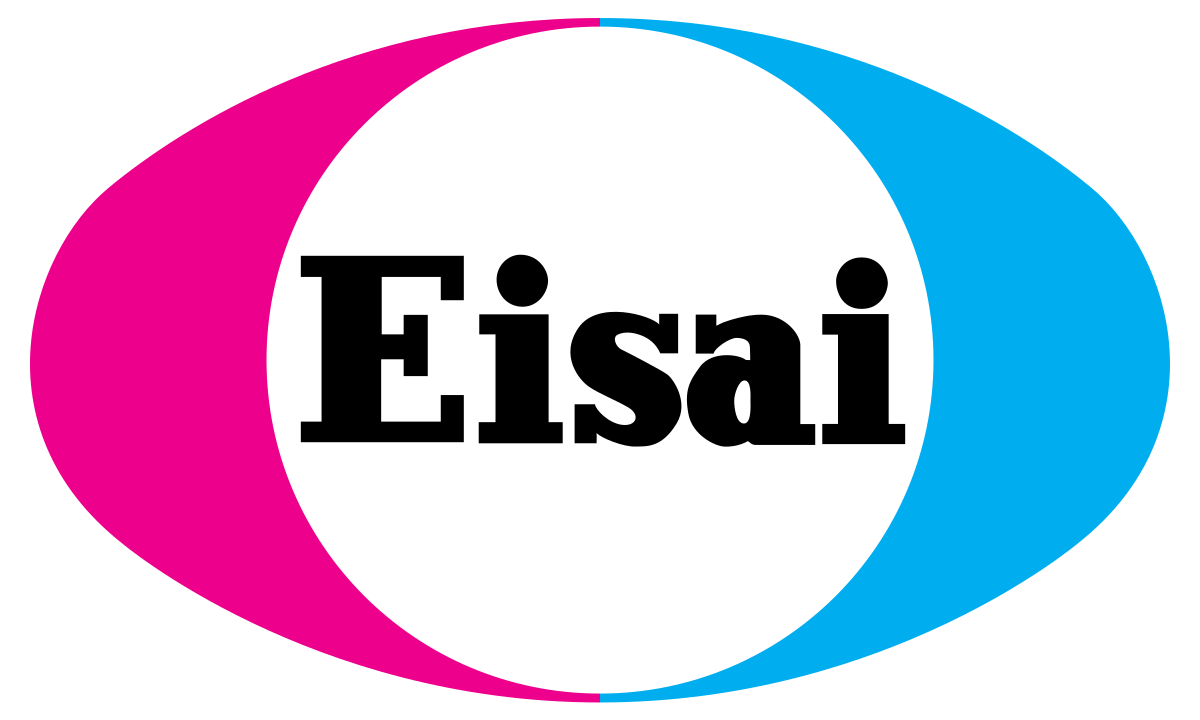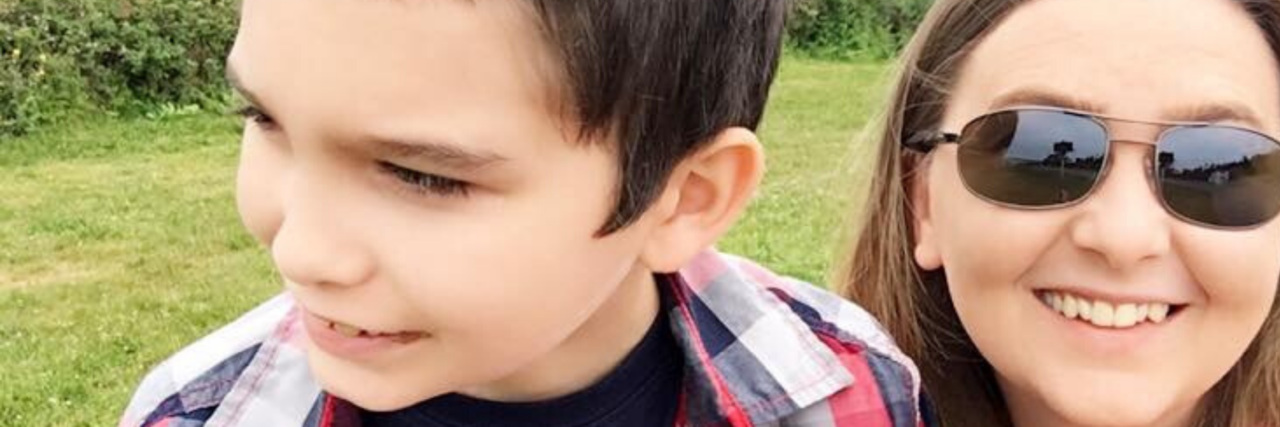The Alexa Skill That Made My Son With Lennox-Gastaut Syndrome Light Up
This sponsored article is brought to you by Eisai Inc. Kayleigh was compensated for her time in writing this article.
Any caregiver of a child with a rare disease can tell you that tools designed to support your kid tend to be few and far between. As a “rare” family, we’re constantly going through different types of therapy and doctors, not often feeling like they are truly part of our world. It’s remarkable when you find a tool that makes your child’s eyes light up.
For my family, that tool is a sweet little (virtual) jellyfish named Ella.
To understand the impact Ella the Jellyfish has had on my family, I first need to give you some background on my son, Dylan. He’s 11 years old and was diagnosed with Lennox-Gastaut Syndrome (LGS), a rare and severe form of childhood-onset epilepsy, when he was five. His challenges started right off the bat. He had a stroke in utero and started having seizures immediately after he was born. As he got older, he started having seizures more frequently, and nothing seemed to help. Even after he was diagnosed with LGS, it was still a battle to control his seizures, which included upwards of 400 atonic seizures every day – these cause his head to drop and lead to issues with posture and falling. He also had absence seizures, which cause him to “zone out” and become unresponsive, as well as tonic-clonic seizures (what most people think of when they think of seizures, when a person falls and convulses).
These seizures contributed to Dylan’s developmental delays. At first, Dylan was able to do things other toddlers do, like talk and walk, but eventually he underwent somewhat of a reversal and started having difficulties with walking, speech and cognition. Amazingly, now his seizures are well controlled, but his mind still has so much activity and sometimes gets overloaded. This leads to frustration when he wants to do something but can’t be as independent as he’d like.
Ella the Jellyfish came into our lives when Dylan and I went to the LGS Foundation conference earlier this year in Seattle. At the conference, physicians, advocates, and Eisai Inc. came together to share their insights with each other, as well as new technologies on the horizon. While exploring the conference, we discovered this new virtual tool designed specifically for kids with LGS called Ella the Jellyfish.
Ella is an Amazon Alexa skill – in other words, you interact with her by giving voice commands to your Amazon Echo or other Alexa-enabled device. The development team who created Ella the Jellyfish understood that kids with LGS deal with challenges like speech, cognitive delays and limited mobility. Ella is designed to provide solace, fun and support to children and their caregivers by providing activities that may allow the child to use Ella’s features on his or her own, despite their challenges. Once you download Ella the Jellyfish from the Alexa skill store, you can get started by saying, “Alexa, open Ella the Jellyfish.” Then, you can instruct Ella which activity you want to do.
For example, say, “Ella, read a story,” and her soothing, friendly voice will do just that. She can also sing songs like “The Alphabet Song,” lead you in a three-minute meditation (one particular session features relaxing ocean waves), and play games like “Ella Says,” “Freeze Dance” and “Color Hunt,” which get you moving and interacting with the environment around you. She’ll reply to your commands, essentially becoming a fun new friend who wants to play and can also be a calming presence when it’s time to chill out.
Although Dylan has some speech and cognitive delays, he is able to interact with Ella easily. (Depending on your child’s abilities, you as the caregiver could take the lead with commands.) His face absolutely lights up when she talks back to him. When Ella reads him stories, he can’t stop laughing. The cutest part is when he has her make funny animal noises – he giggles the entire time. He has the voice commands down pat and can’t wait to show me how Ella works. It is adorable to watch.
Communication can be difficult for Dylan, so the fact that he can talk to Ella and she talks back is remarkable. Although most kids love technology, Dylan sometimes struggles to use the games and devices other kids his age use, and we have to try and find adaptive versions. However, he can play with Ella on his own. Ella also helps him want to get up and move, which ordinarily is a challenge for him. But her games make physical activity fun.
Dylan loves playing with Ella on weekends, and she is a helpful calming tool when it’s time to go to bed. Of course, Alexa is also a valued toy in the (virtual) toy box for LGS parents searching for ways to keep their kids entertained.
It’s hard to find tools that will fit your needs and lifestyle when your child has a rare disease. As an LGS family, our day-to-day is similar to the daily life of families with typical kids but multiplied by 20. It’s a constant whirl of doctors, therapies and stress. We learn how to roll with the punches and do what we have to do to get through the day and support our kids. But any time we can find these little moments of joy, like what Dylan experiences when he is playing with Ella, I don’t take it for granted. I’m thankful Ella the Jellyfish is now a part of our family.
Learn more at Ella the Jellyfish, and visit Amazon to enable Ella for free on Amazon Alexa.


